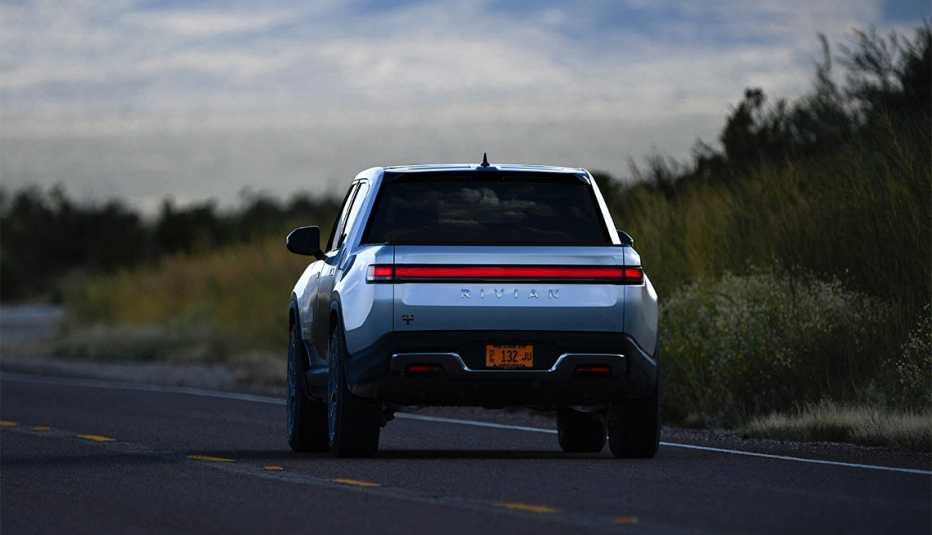AARP Hearing Center
They are quiet. They don't smell. They don't require much maintenance.
And they can perform like exotic sports cars. Electric cars finally are gaining traction with all the major carmakers committed to producing more models from compacts to pickup trucks.
So is now the time to turn on, plug in and drop out of the gas-powered car market?
Electric vehicles (EVs) have captured the popular imagination, in no small part because of Tesla. But are they really ready for the mass market? A lot has changed in a short time.
They are no longer limited to luxury models or spartan compacts. Yes, expensive sedans are on the market, like the $100,000-plus Porsche Taycan, but a slew of modestly priced 2021 models from the likes of Hyundai, Kia and Volkswagen also are available for around $30,000, with more coming.
And to address the worries about running out of power — so-called range anxiety — most EVs now can go 250 miles on a single charge and recharge to 80 percent in as little as 30 minutes.
True, combustion engine cars and trucks still dominate. Sales of electric cars represented only 2.6 percent of the market and about 1 in every 100 cars on the road worldwide in 2019, according to a June report from the Paris-based International Energy Agency.
Plus, the availability of public charging stations in the United States varies widely, with fewer in the Plains states and mountain West where distances between populated areas can be greater. The U.S. has more than 112,000 gas stations, according to a 2018 U.S. Census Bureau survey. But it has only around 28,000 charging stations with about 94,000 outlets, November 2020 data from the U.S. Department of Energy shows.
However, many EV owners are eschewing public charging stations altogether, thanks to new, less-expensive home chargers. They can make trips that are local or a few hundred miles total possible without worrying about where to plug in.
Charge it efficiently at home
At one time, a home EV charging station had to be hardwired into a house's electric system, only worked with specific cars and would cost several thousand dollars to install. Today, a new generation of home charging stations can be plugged in to some existing home outlets, work with virtually all EVs — even Teslas, using a $95 adapter — and cost as little as $600.
Utilities in several states offer price breaks, such as a $300 charger rebate for Eversource residential customers in Connecticut. And through at least the end of 2020, the federal government is offering an Alternative Fuel Vehicle Refueling Property Credit that gives property owners a federal tax credit of up to $1,000 to install a home charging station.
Many EV owners have opted for a home charger, creating an electric version of what amounts to a private gas station. Plug your car in when you get home, tell it to start charging when electricity prices are lowest at night, and the next morning you're ready to go. The cost of electricity used for charging at home can be less annually than what you pay to run your air conditioner, according to the U.S. Department of Energy.
The Enel X JuiceBox 40 is a fast charger, known as Level 2, that costs $599. It can be controlled via a smart phone app, thanks to a Wi-Fi connection, and even works with Alexa voice commands like, “Alexa, is my car charged?” It takes four to five hours to fully charge most vehicles.


































































